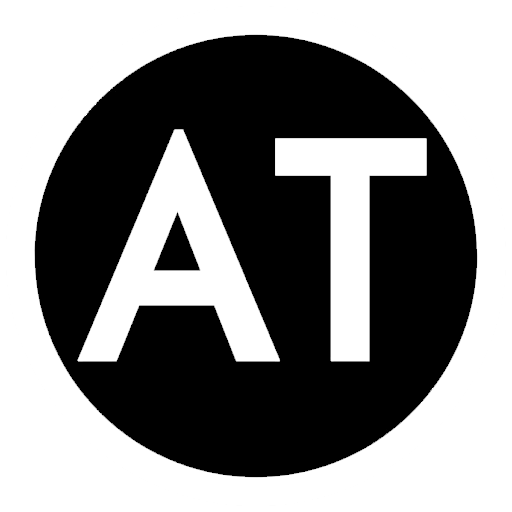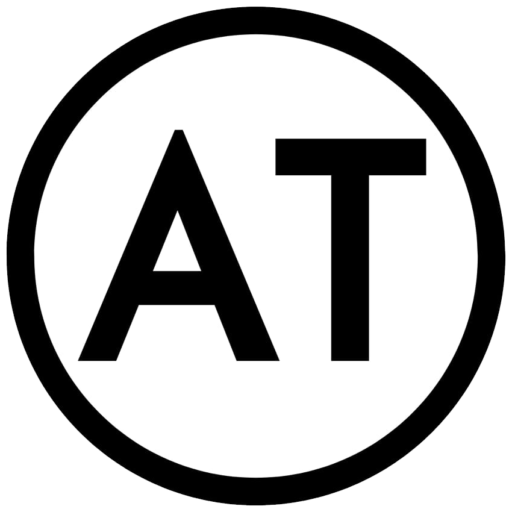Understanding Google’s Give-and-Take Pattern
If you have been observing Google’s interactions with the web over the years, you may have detected a pattern. Google seems to introduce structured data formats and tools which we can employ to provide information to Google. Meta tags, schema markup, and the disavow tool immediately spring to mind.
What follows next is that Google latches onto this structured data strewn across the web, consuming and learning from it. Once Google garners enough learnings, these structured data formats are either sidelined or retired, reducing their impact or rendering them obsolete.
This cyclical pattern of introducing and removing structured data capabilities seems woven into Google’s DNA – an interesting strategy that affords SEOs and brands temporary power in exchange for valuable data. It’s a way for Google to continually fine-tune its algorithms and enhance its understanding of the web. Let’s delve into this fascinating “give and take” pattern through various examples.
Google’s ‘Give and Take’ Pattern Decoded
Essentially, this pattern can be broken down into four stages:
- Structure: Google devises structural ways to engage with search snippets or its ranking algorithms.
- Consume: Google collects data from the web by crawling websites.
- Learn: Google uses fresh crawl data to inform changes to its ranking algorithms.
- Retire: After gaining what it can from structured information provided by users, Google often retires or de-emphasizes these data paths.
Google’s Race to Learn Before Manipulation
The aim is to learn as much as it can from webmasters’ interactions with Google’s suggested structure before these same users learn to manipulate it. And more often than not, Google is ahead in this race.
This doesn’t mean that new structural items cannot be utilized before Google discards them. It simply suggests that Google usually retires these items before their misuse becomes widespread.
Examples of Google’s Give and Take
1. Metadata
Meta keywords and meta descriptions used to be integral to Google’s ranking algorithms. The indiscriminate use of meta keywords led to the rise of low-quality websites. However, in 2009, Google confirmed it was no longer utilizing the keywords meta tag in its web search ranking.
Just as meta keywords have been depreciated, meta descriptions have experienced a similar fate. Google has taken to rewriting search snippets based on user search intent, often ignoring a page’s dedicated meta description. Google now typically focuses on a page’s primary content when generating descriptive snippets.
2. Schema and Structured Data
Launched in 2009, Google’s schema (a form of structured data) originally required individual components to be marked up within the HTML. Today, while Google still uses schema for context and detail, it no longer holds absolute control over the visual presentation of a search listing.
3. Rel=Prev / Next
Introduced in 2011 to provide Google with a greater contextual understanding of how certain types of paginated addresses were linked, by 2016 the use of the rel=prev / next tags was no longer supported.
4. Disavow Tool
Hubbub broke in 2012 with the news of Google’s new Disavow links tool. The clout of the Disavow tool has faded over the years, with Google now asserting that anyone still offering this service is practicing outdated methods.
Google’s Evolving Relationship with the Web
The pattern clearly evidences Google’s give-and-take approach to the web. Google presents SEOs with temporary tools or code snippets that allow some control over its search results. Once insights are gleaned, these features are often phased out as Google pursues long-term learning and adaptation.
This process doesn’t necessarily diminish the value of Google’s temporary releases. As always, it’s about assessing their relevance to your business, weighing the benefits against the resources required, and ensuring that any changes align with your wider digital strategy.
As part of Google’s wider ecosystem, how you choose to navigate this reciprocal relationship is up to you, but it’s crucial to stay informed and adapt as our digital landscape evolves.


